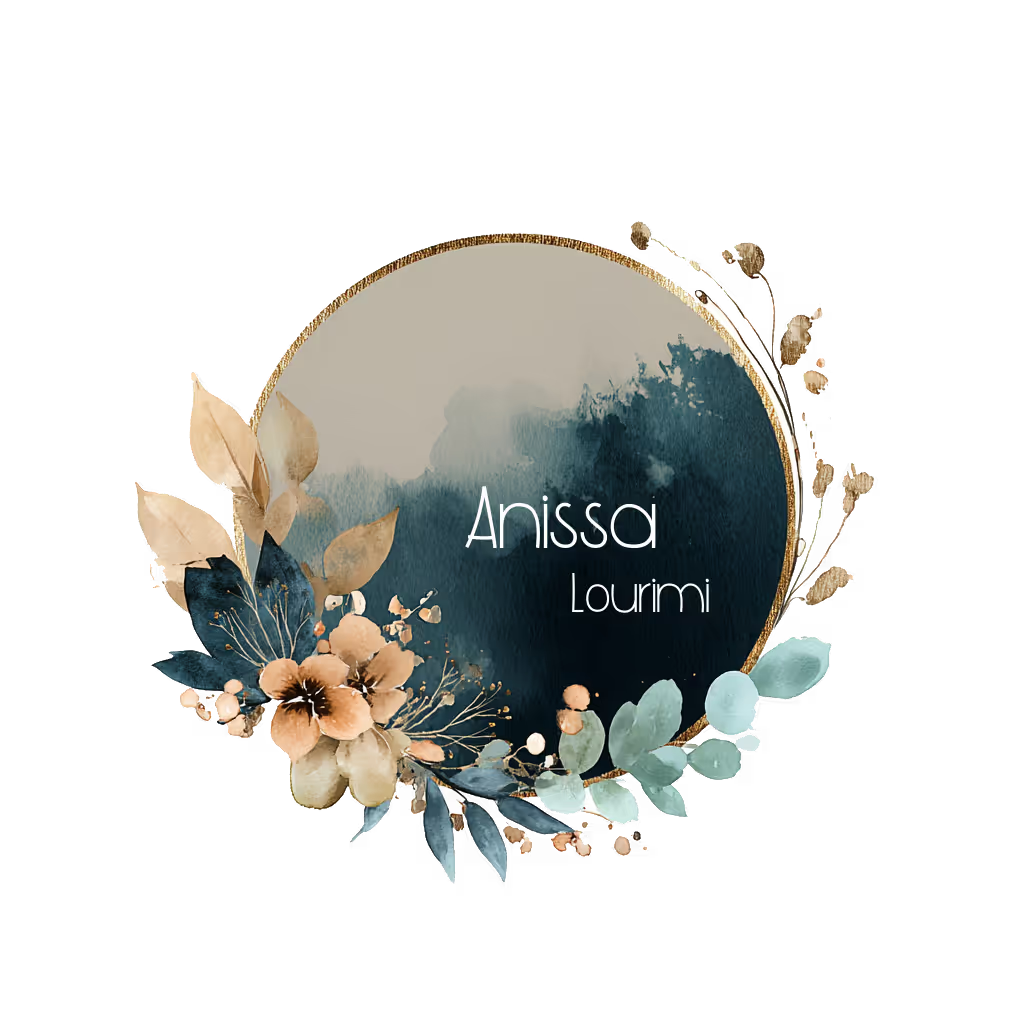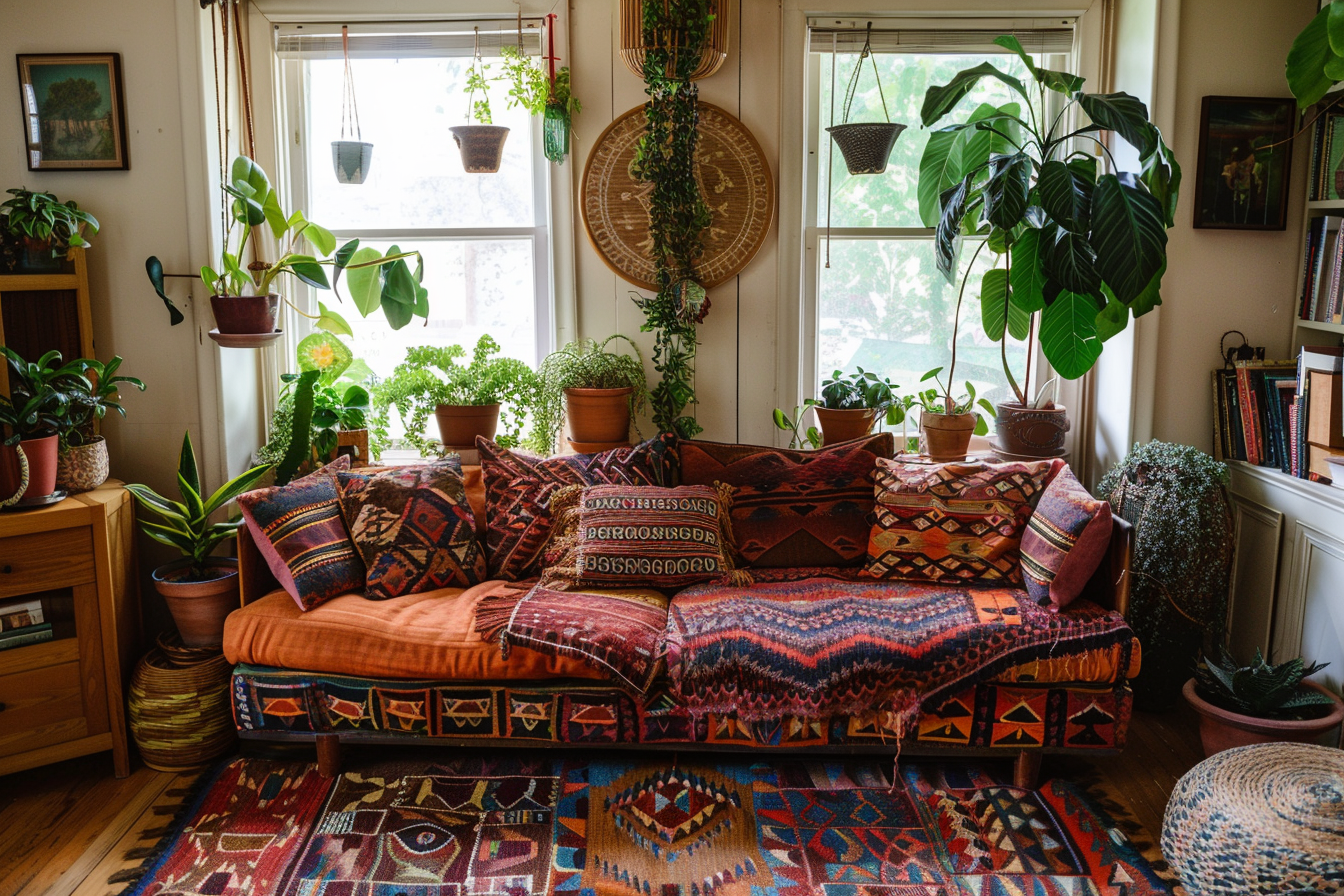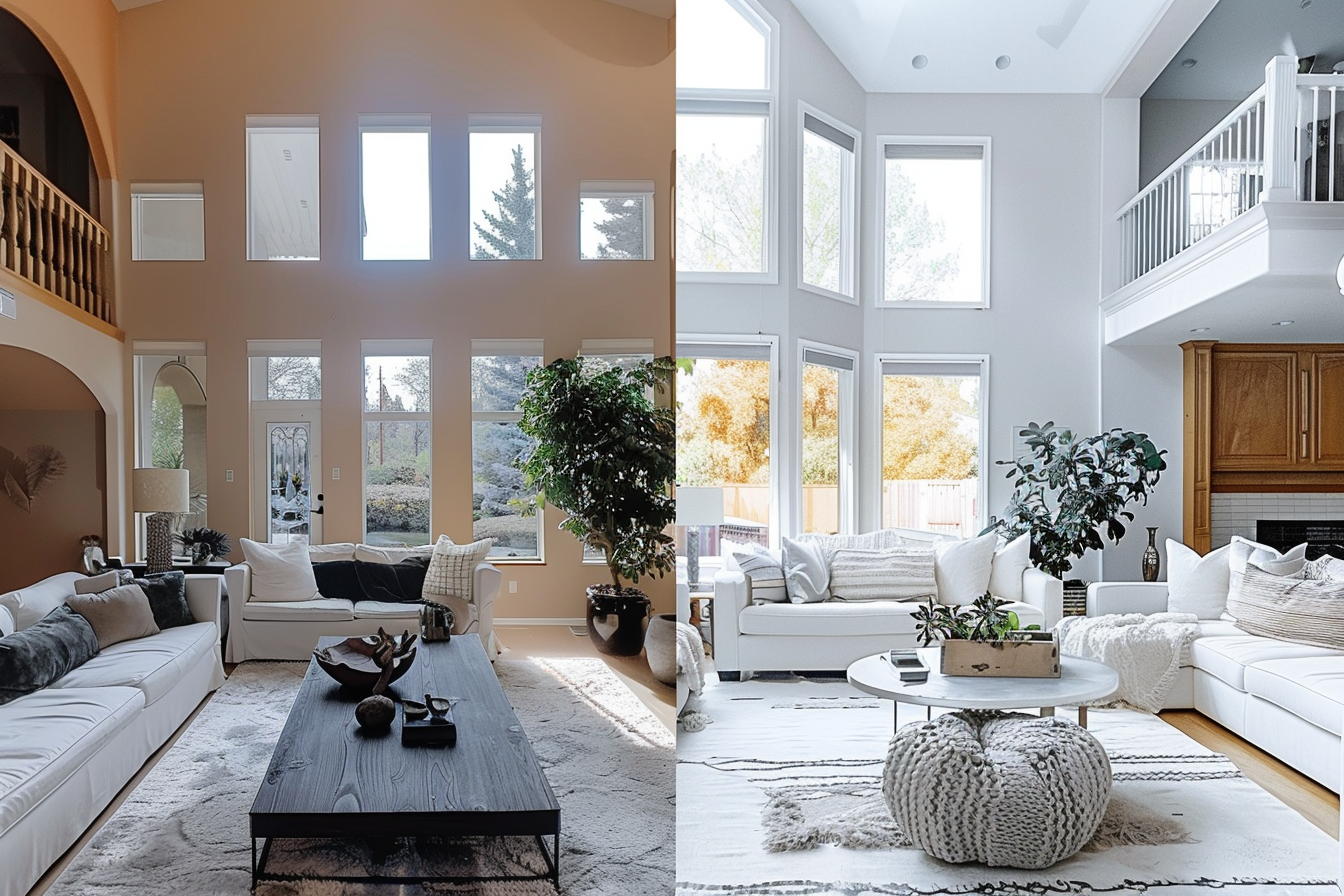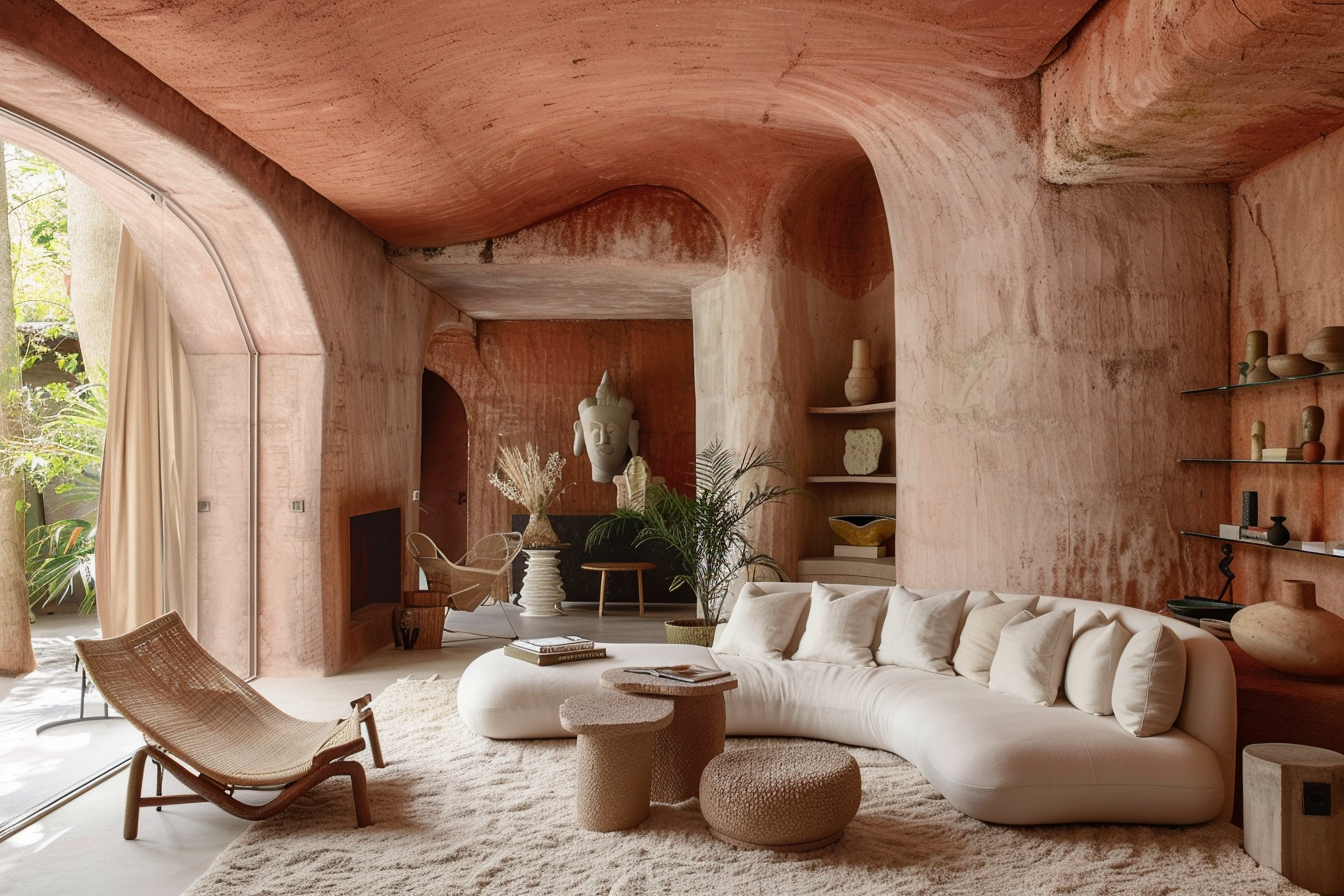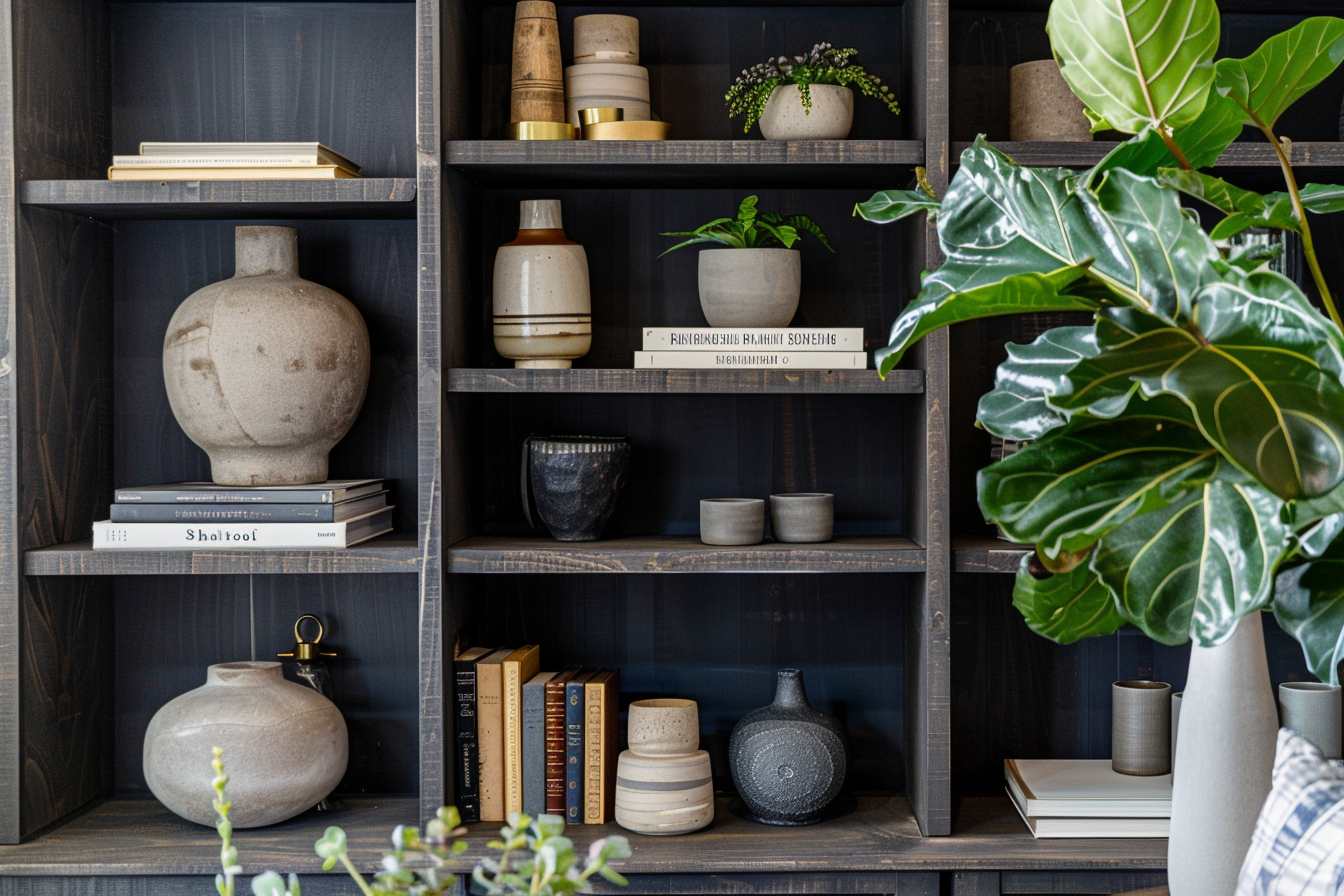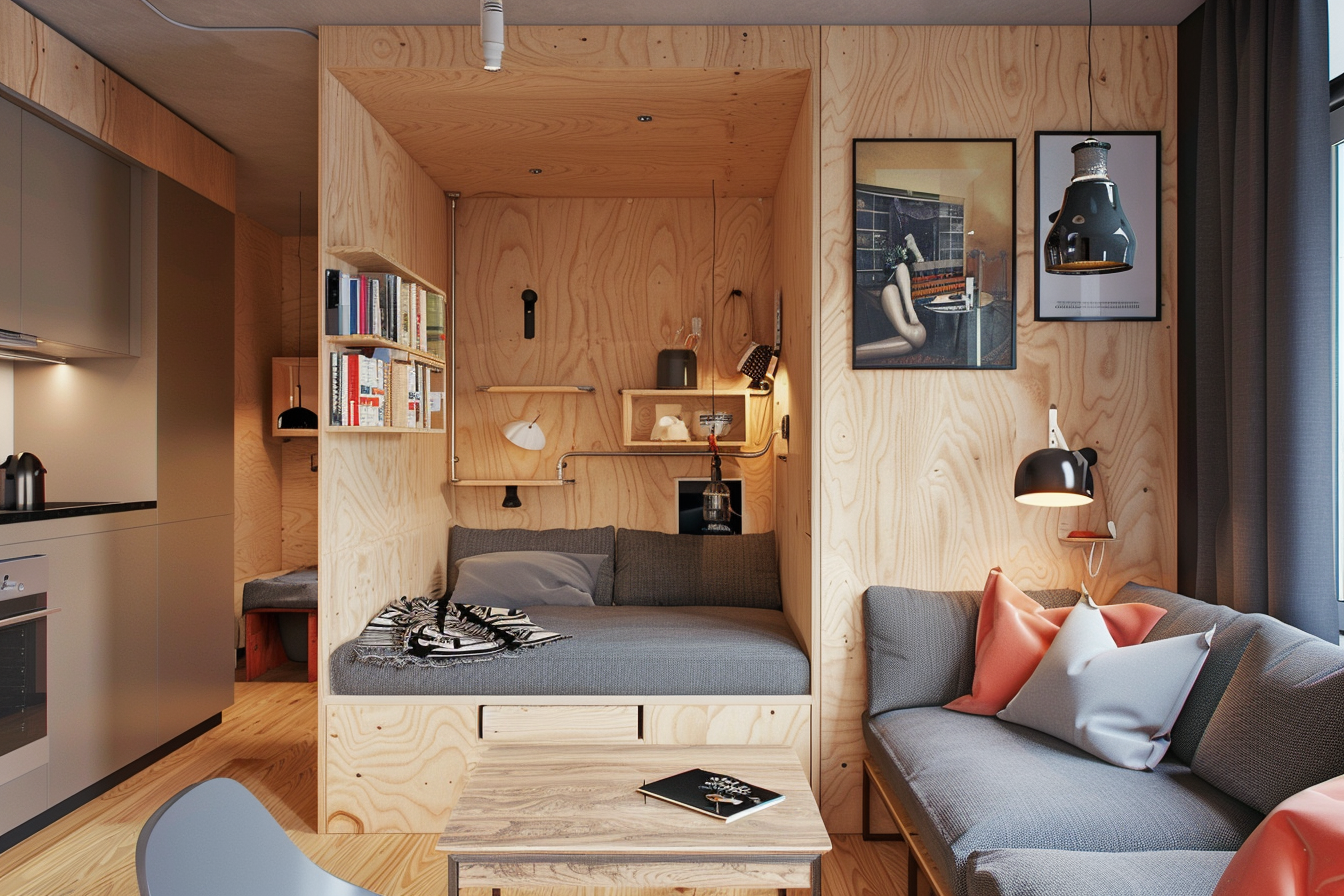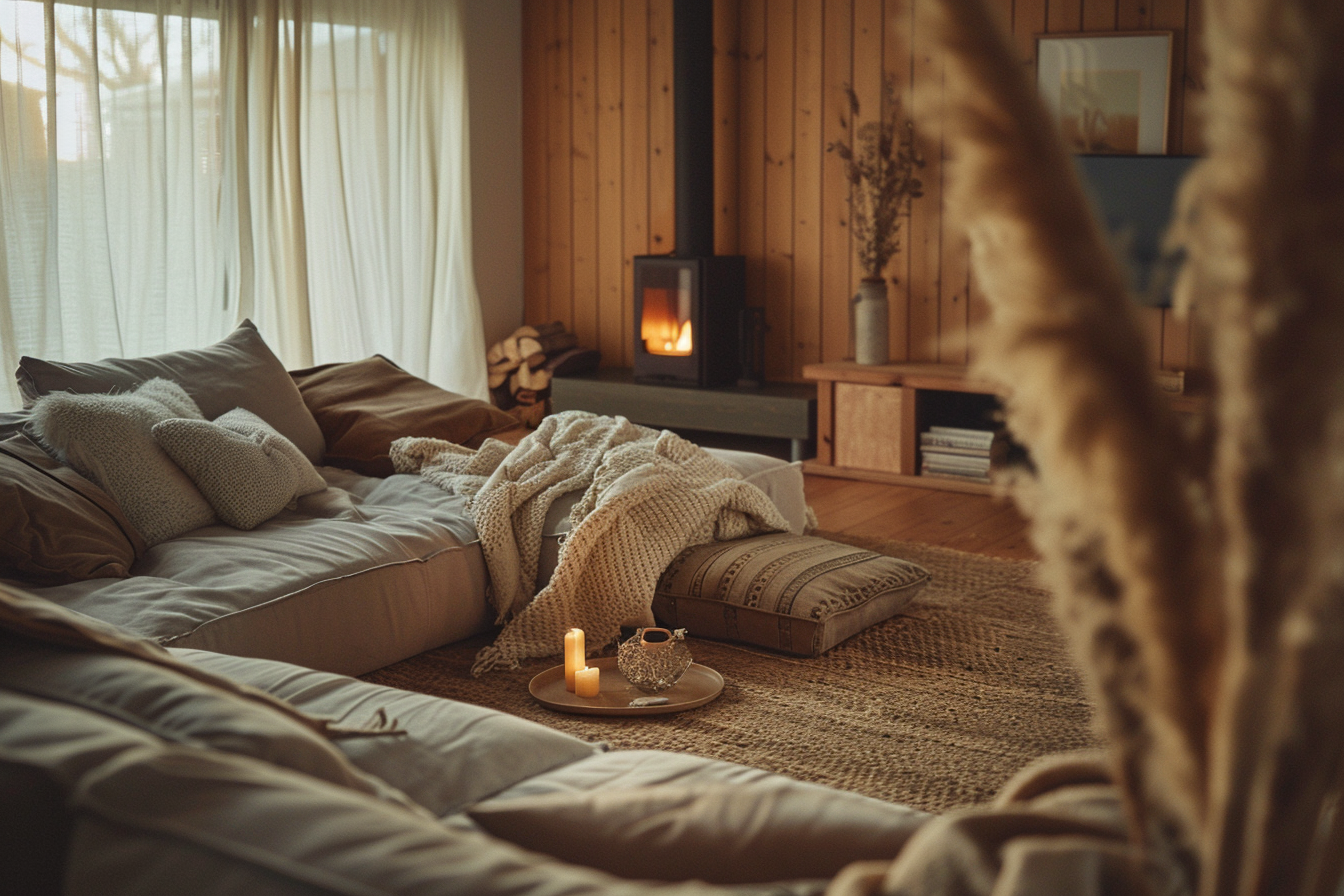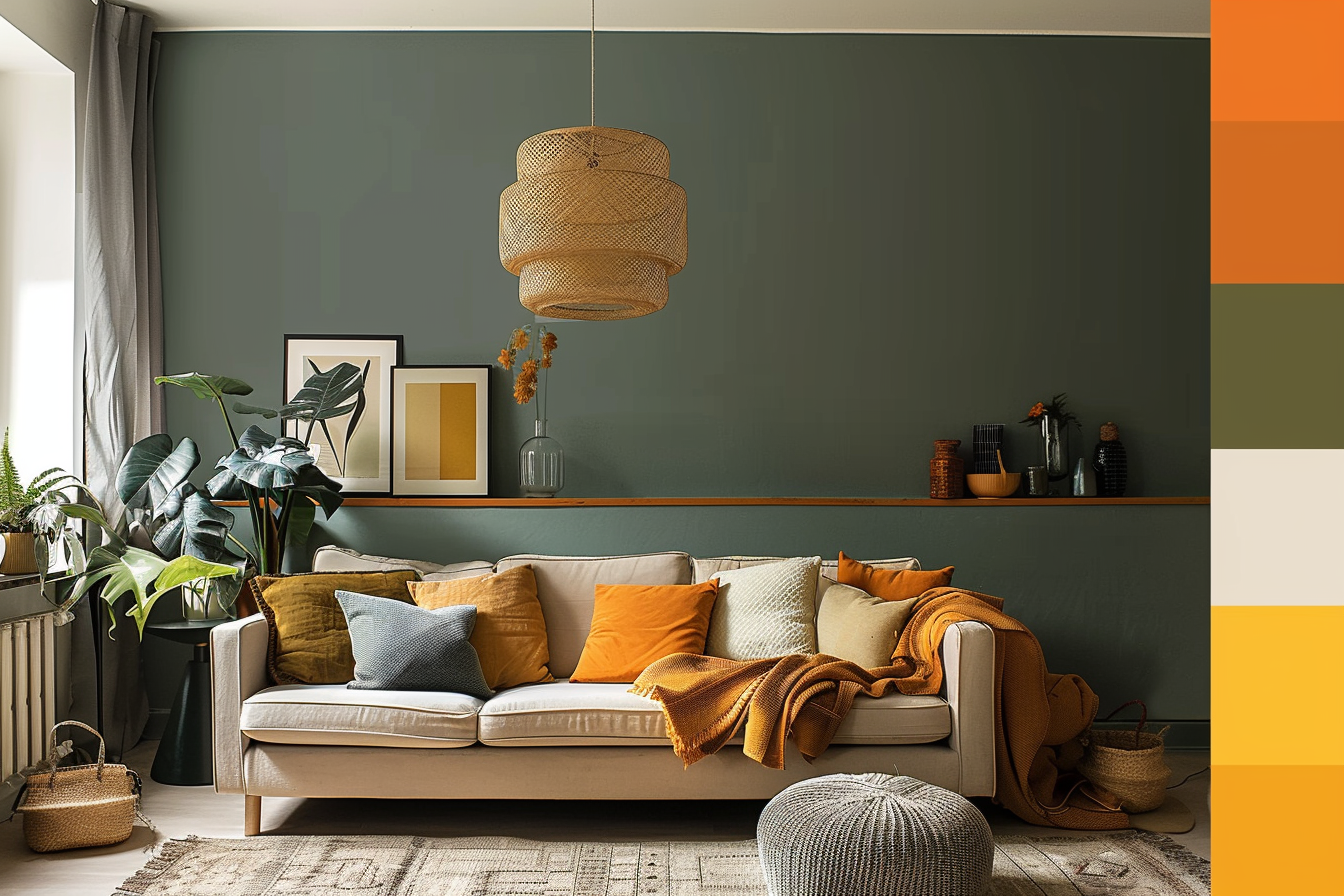Create the perfect mood, one light at a time
Lighting is one of the most powerful (and often underestimated) elements in interior design. It doesn't just help us see—it shapes how we feel in a space. The right lighting can make a room feel warm, calm, energizing, romantic… or sadly, like a dentist's office 😬
So how do you choose the right lighting for every room in your home? It starts with understanding the layers of light—and then tailoring them to each room’s purpose and vibe.
Let’s break it down together.
✨ The 3 Layers of Lighting (You Need All Three)
Before we dive into specific rooms, here’s a quick lighting formula you can use everywhere:
- Ambient lighting = general light (ceiling fixtures, recessed lights)
- Task lighting = focused light for activities (reading lamps, under-cabinet lighting)
- Accent lighting = decorative or mood-enhancing light (wall sconces, candles, LED strips)
A well-lit room usually has at least two, ideally all three, working together.
🛋️ Living Room: Warm, Layered & Inviting
The living room is where you relax, gather, and sometimes work—so flexibility is key.
- Use a central ceiling fixture or pendant as ambient light.
- Add floor lamps next to sofas or armchairs for reading.
- Use table lamps or wall sconces to soften shadows and create cozy corners.
- Bonus: dimmable lighting gives you full mood control.
Warm white bulbs (2700K–3000K) create the most relaxing, homey feel.
🍽️ Dining Room: Focused, Cozy & Centered
Your dining space should feel intimate and welcoming.
- A statement pendant or chandelier above the table is perfect as a focal point.
- Use dimmers to soften the light for dinners.
- Avoid overhead lights that are too bright or harsh—this isn’t a cafeteria.
Tip: Hang your pendant about 75–85 cm (30–34 in) above the table for ideal proportion.
🍳 Kitchen: Bright & Functional (But Still Stylish)
The kitchen needs to be practical first—but also beautiful.
- Recessed ceiling lights for even ambient lighting.
- Under-cabinet lighting to illuminate work surfaces (a must!).
- A pair of pendants over the island = functional + chic.
Use cooler white bulbs (3000K–4000K) here for better visibility.
🛏️ Bedroom: Soft, Serene & Dim-Friendly
Lighting in the bedroom should help you wind down, not wake you up.
- A ceiling light is optional—but if you have one, make it dimmable.
- Bedside lamps or sconces are essential for nighttime reading.
- Use warm, low-intensity bulbs to encourage relaxation.
Pro tip: Try motion-sensor nightlights along the floor or under the bed for soft nighttime guidance.
🚿 Bathroom: Bright, Balanced & Flattering
You want light that’s both functional and flattering.
- Use vanity lighting on both sides of the mirror or a horizontal light above it to avoid harsh shadows.
- Add overhead recessed lights for overall brightness.
- Consider a dimmable sconce or LED strip for spa-like baths.
Avoid cool blue light—it’s unflattering for skin tones. Aim for 3000K max.
💼 Home Office: Focused & Energizing
Productivity needs clarity!
- Use a desk lamp with adjustable brightness.
- Add natural light when possible, but control glare with sheer curtains or blinds.
- Layer in ambient light to reduce eye strain during screen time.
Bulbs in the 4000K range can help with focus and alertness.
🕯️ Bonus: Don’t Forget the Mood Makers
- Candles, fairy lights, and LED strips can transform a space after dark.
- A well-placed sconce can make a hallway feel elegant.
- A dim lamp in the entryway makes arriving home feel like a hug.
Final Thoughts
Choosing the right lighting isn’t about following strict rules—it’s about understanding your space, your habits, and the emotions you want to evoke.
✨ Light can make a room beautiful.
💡 But thoughtful light can make it magical.
